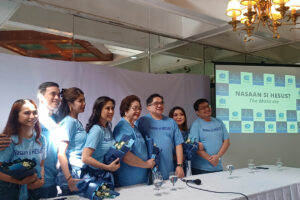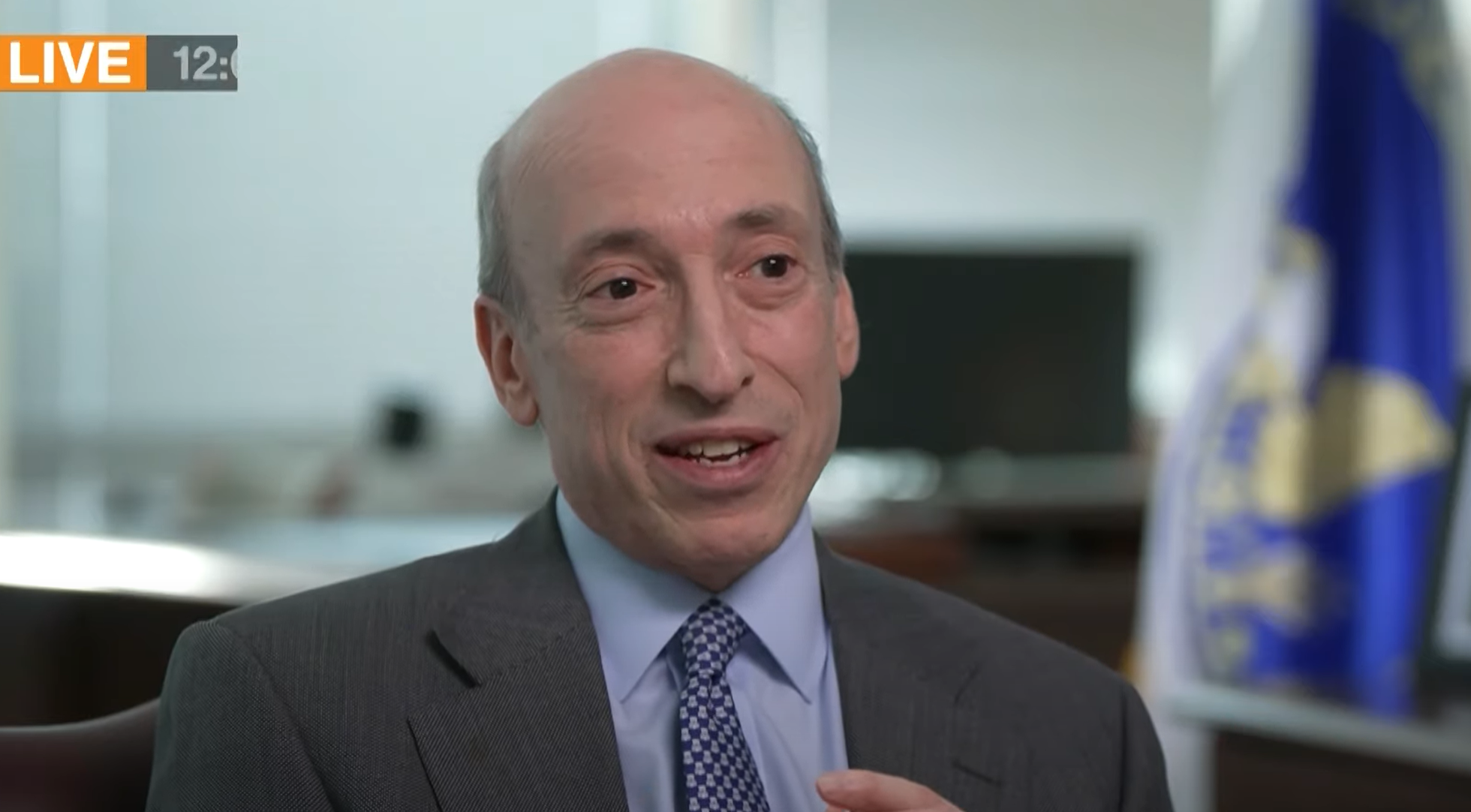Chris Conidis is a storyteller, filmmaker, and satirist who turned his passion for creativity into a thriving career spanning over 20 years.
From humble beginnings crafting immersive guest experiences at Universal Studios and Walt Disney World, Chris learned how to captivate audiences through sharp narratives and innovative ideas. This foundation inspired him to take the leap and build his own creative business.
As the founder of Elios Entertainment, Chris monetized his storytelling skills, producing original animations, short films, and multi-genre projects in sci-fi, comedy, and horror. By managing projects from concept to completion, he demonstrated how artistic passion can align with smart business strategy.
Chris didn’t stop there. He expanded his talents to improv comedy, performing live sketches that engaged audiences while sharpening his skills in humor and timing—both valuable assets in his career. As a published author, Chris has further capitalized on his creativity with works like Toolmaker and The Magician’s Code, earning awards for his innovative approach.
Beyond his projects, Chris mentors aspiring creators, conducting workshops that inspire others to monetize their talents. Through persistence, thick skin, and humor, Chris has proven that blending passion with business savvy can build a career that’s both meaningful and profitable.
Interview with Chris Conidis: Behind the Scenes of Evolving Humanity
Chris, congratulations on the upcoming exhibit Evolving Humanity. What inspired you to tackle such an ambitious subject?
Thank you! The story of human evolution has always fascinated me. It’s not just about bones or fossils—it’s about how we, as a species, constantly adapt, innovate, and redefine ourselves. For me, this exhibit is a way to celebrate that relentless creativity while also exploring the quirks and challenges that make our story uniquely human.
The exhibit promises an immersive journey through time. Can you tell us more about what visitors can expect?
Absolutely. Visitors will walk through environments that represent pivotal eras in human history—from ancient savannas where our ancestors first stood upright, to Neolithic villages buzzing with early innovation, to the sprawling industrial cities that changed the world. Each section is packed with animatronics, interactive activities, and even live performances to bring these moments to life. It’s not just about looking back; we’re also contemplating where humanity might go next.
You’ve mentioned that human evolution mirrors the archetypal hero’s journey. How does that theme influence the exhibit’s storytelling?
The hero’s journey is a powerful narrative tool, and I couldn’t resist using it here. Humanity’s evolution is filled with trials, triumphs, and transformations—just like any good story. The exhibit is structured to reflect that journey, from the early struggles of survival to mastering fire and tools, all the way to grappling with modern dilemmas like genetic engineering. It’s a story of persistence and creativity, told in a way that visitors can feel and relate to.
The way you frame evolution makes it sound like a story of ideas. Would you agree?
Definitely. I think of human evolution as The History of Ideas. The children, even if they can’t articulate it, sense it intuitively. They grasp the wonder that the first science-fiction writers weren’t authors with keyboards—they were cavemen. These early humans weren’t just surviving; they were solving problems and dreaming big. They painted their challenges on cave walls: mammoths that needed defeating, fire that needed taming, tigers that needed taming or avoiding. Those scribbles were the blueprints of our species’ first science-fiction dreams, turning problems into possible solutions.
These were the sparks of imagination that led to action. Some brave soul would venture out, face the mammoth, and return triumphant—or at least with new lessons to share. This is what Evolving Humanity captures: the balance of imagination and survival, fantasy and reality. Without imagination, there’s no progress. No impossible dreams? No possible solutions.
That’s a poetic perspective. What was the most challenging part of creating Evolving Humanity?
Balancing education with entertainment was a big challenge. We wanted the exhibit to be scientifically accurate but also engaging for a wide audience. Achieving that required blending cutting-edge animatronics and immersive tech with accessible storytelling. It was a fine line to walk, but I think we nailed it.
One of the highlights is the live theatrical show Through the Eyes of Time. What makes this performance stand out?
Through the Eyes of Time combines animatronics with live actors in a way that’s rarely seen. The show dramatizes key moments in human history—like discovering fire or creating art—in a way that’s both emotional and visually stunning. It’s the heartbeat of the exhibit, and I’m excited for people to experience it.
Finally, what do you hope visitors take away from Evolving Humanity?
My hope is that visitors leave with a renewed sense of wonder about our shared journey. Humanity has faced countless challenges and yet continues to innovate and adapt. If people walk away inspired to think about how they, too, can contribute to our collective story, I’ll consider the exhibit a success.
Thank you, Chris. We’re looking forward to seeing the exhibit!
Thank you! I can’t wait to share it with everyone. See you at the Frost Museum!







Leave a Comment